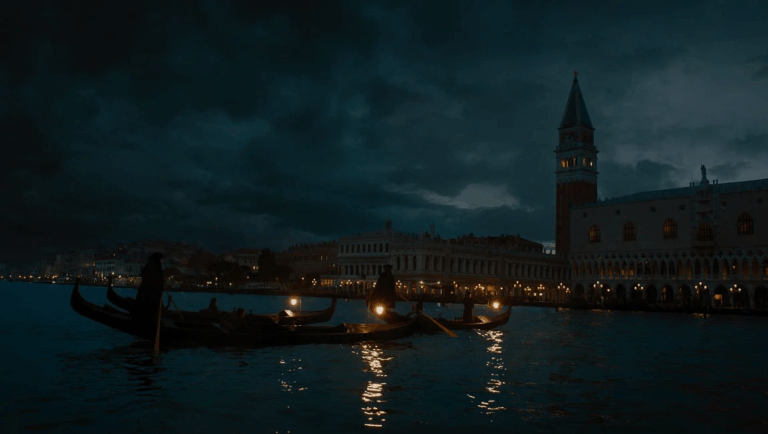Brothers in Arms, Lovers in Death: the Sacred Band of Thebes
In the 4th century BCE, the Greek city-state of Thebes forged one of the most extraordinary fighting forces in history: the Sacred Band, an elite military unit composed of 150 pairs of male lovers. Yes, you heard me right. Generally dated around 379–378 BCE, often attributed to Gorgidas or Epaminondas as founders/reformers, led by Pelopidas and celebrated by ancient historians like Plutarch, the Band was built on a radical idea — that romantic and erotic bonds between men could strengthen loyalty, discipline, and courage in battle.
Unlike the hierarchical and age-structured model of some other infamous Athenian habits, the Sacred Band was made up of adult, consenting male couples, warriors who trained, lived, and fought side by side. Their intimacy was institutionalised as a foundation of military excellence. In the heat of combat, it was said, a soldier would fight more fiercely to protect his beloved than for any state or command.
The Band achieved legendary status after their victory at the Battle of Leuctra (371 BCE), where they shattered the long-dominant Spartan army, a feat thought impossible. For decades, they defended Thebes, until they were surrounded and killed to the last man at Chaeronea (338 BCE), resisting the armies of Philip II of Macedon. Their burial site, discovered in the 19th century, holds 254 skeletons laid side by side, a silent testament to the valour and love they shared in life and death.








No Comments